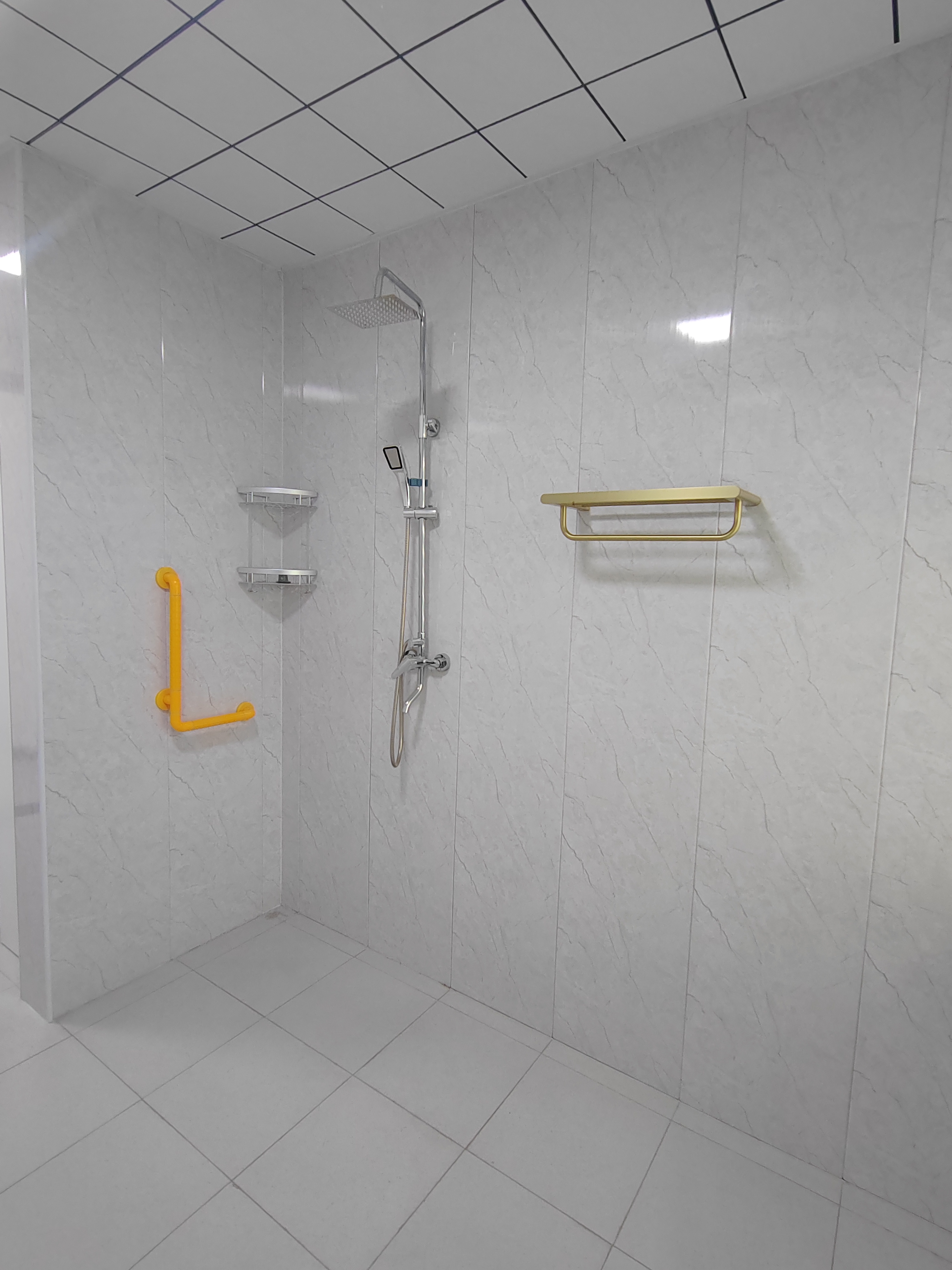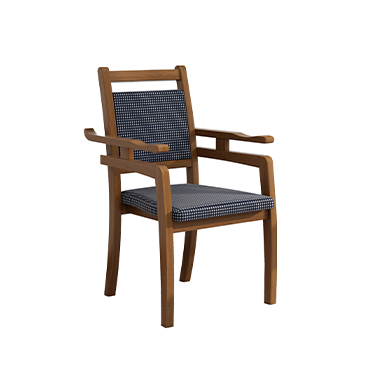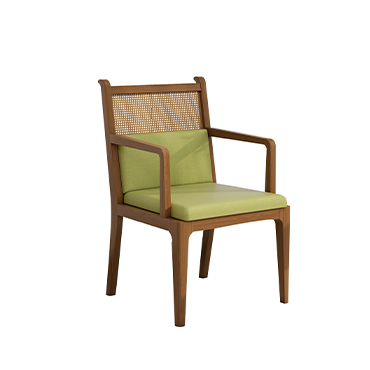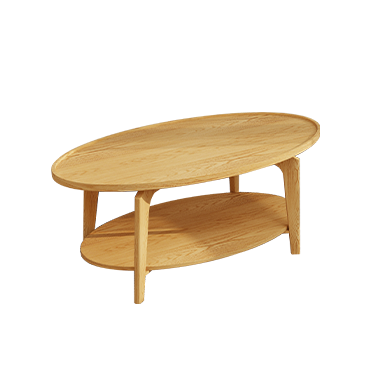Anti-Slip Design in Senior Bathroom Furniture: Protecting Safety Through Every Detail
The bathroom is one of the most dangerous places for elderly individuals at home. Studies show that over 70% of home falls among seniors occur in bathrooms. With wet floors, limited space, and frequent movement involved in bathing, proper anti-slip treatment in bathroom furniture becomes essential for reducing fall risks and ensuring user safety.
This article outlines the key principles and practices of anti-slip design in senior bathroom furniture—from structure to materials—offering practical insights for safer aging-in-place solutions.
Why Bathrooms Pose High Fall Risks for Seniors
Compared to other living spaces, bathrooms present several hazards for older adults:
Floors are often wet and slippery
Space is confined, making emergency response difficult
Barefoot use reduces traction and stability
Movements like standing, sitting, and turning are frequent
Furniture surfaces often use slick materials like ceramic or plastic
For this reason, bathroom furniture designed for seniors must focus on anti-slip features as a core safety requirement.
Core Anti-Slip Features in Senior Bathroom Furniture
1.Anti-Slip Feet and Base Structure
Shower stools, commode chairs, and bath benches should all be equipped with high-friction rubber or silicone feet. These should be wide, durable, and able to grip wet tile or vinyl surfaces effectively.
Some advanced products also feature adjustable feet to stay stable on uneven floors.
2.Slip-Resistant Surface Materials
All body contact points—such as seat surfaces, backrests, and armrests—should be finished with textured or coated materials to prevent slipping. Examples include:
Ribbed or rubber-padded seats
Armrests with soft, anti-slip grip coating
Matte or textured plastic instead of smooth metal surfaces
3.Water-Resistant and Non-Corrosive Materials
Since the bathroom is a moisture-rich environment, all materials must be waterproof, rust-proof, and mold-resistant. Common materials include aluminum alloy, ABS engineering plastic, and medical-grade PVC, which are durable, lightweight, and slip-resistant.
4.Integrated Anti-Slip System
Premium senior bathroom furniture integrates a multi-point anti-slip system, combining:
Non-slip footpads
Textured seating surfaces
Anti-slip handgrips
Reinforced support frames
Some designs even include weight-sensing bases or anti-tip reinforcements for maximum stability.
Practical Applications of Anti-Slip Design
Shower Chairs
Equipped with rubber feet, contoured drainage seats, and textured handgrips to ensure safe seating during bathing.
Commode Assist Chairs
Used over toilets, these chairs feature anti-slip bottoms, supportive armrests, and waterproof, easy-to-clean surfaces with high slip resistance.
Wall-Mounted Grab Bars
Installed near the toilet or shower, these bars provide a strong gripping point. Coated with anti-slip textures, they support sit-stand transitions safely and effectively.
Combine Furniture with Environment for Maximum Safety
Anti-slip furniture works best when paired with a safe environment:
Use anti-slip tiles or mats on bathroom floors
Install foldable shower chairs in wet zones
Add emergency call buttons and nightlights
Regularly inspect furniture components for wear and tear
Final Thoughts: Anti-Slip Design Is the First Line of Defense
Every movement in a bathroom—sitting, standing, turning—can be risky for seniors. Through thoughtful anti-slip furniture design, we can significantly reduce those risks and restore confidence in daily routines.
Anti-slip features aren’t just technical specifications—they are a sign of respect, care, and commitment to aging safely and with dignity.





